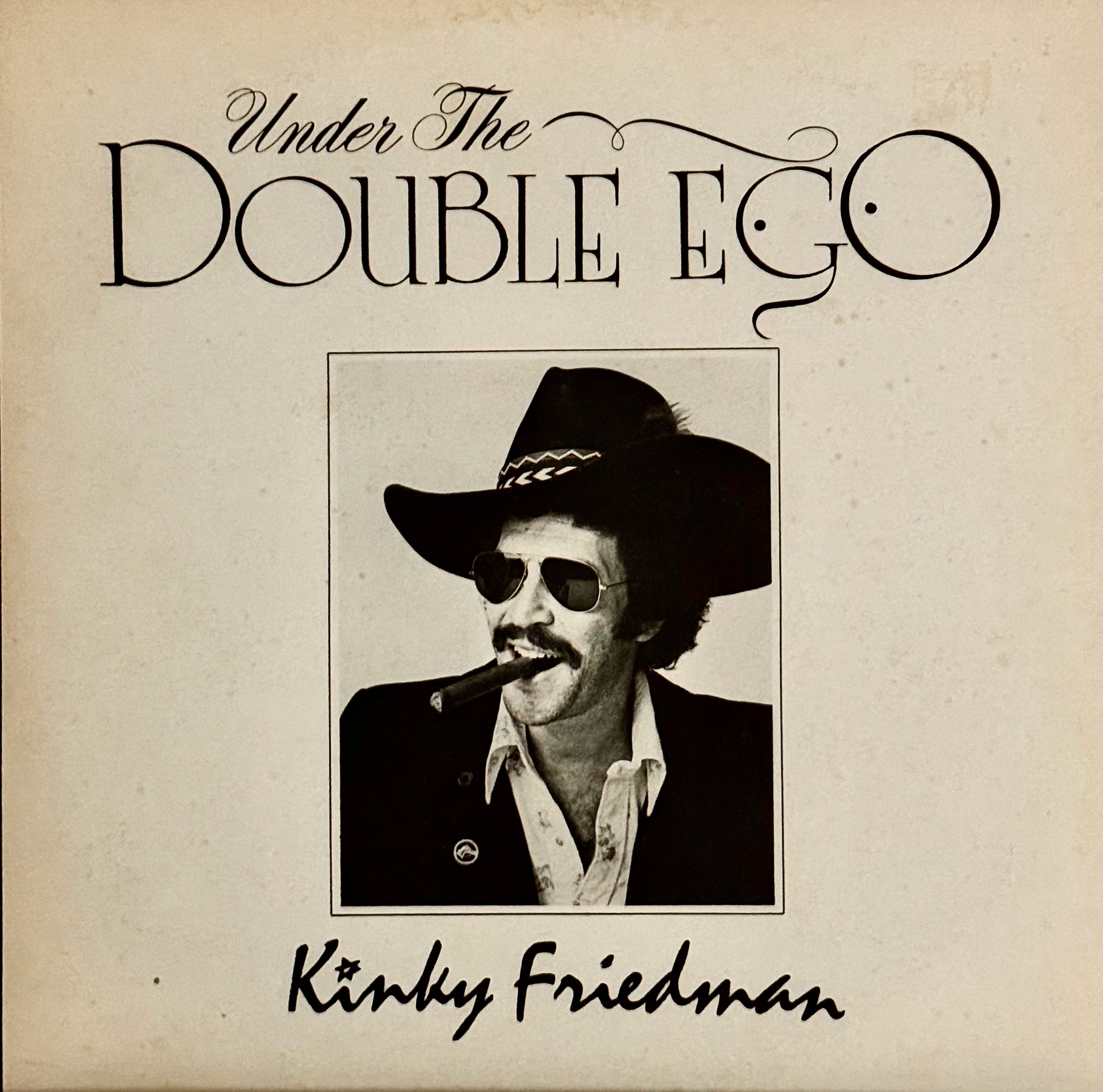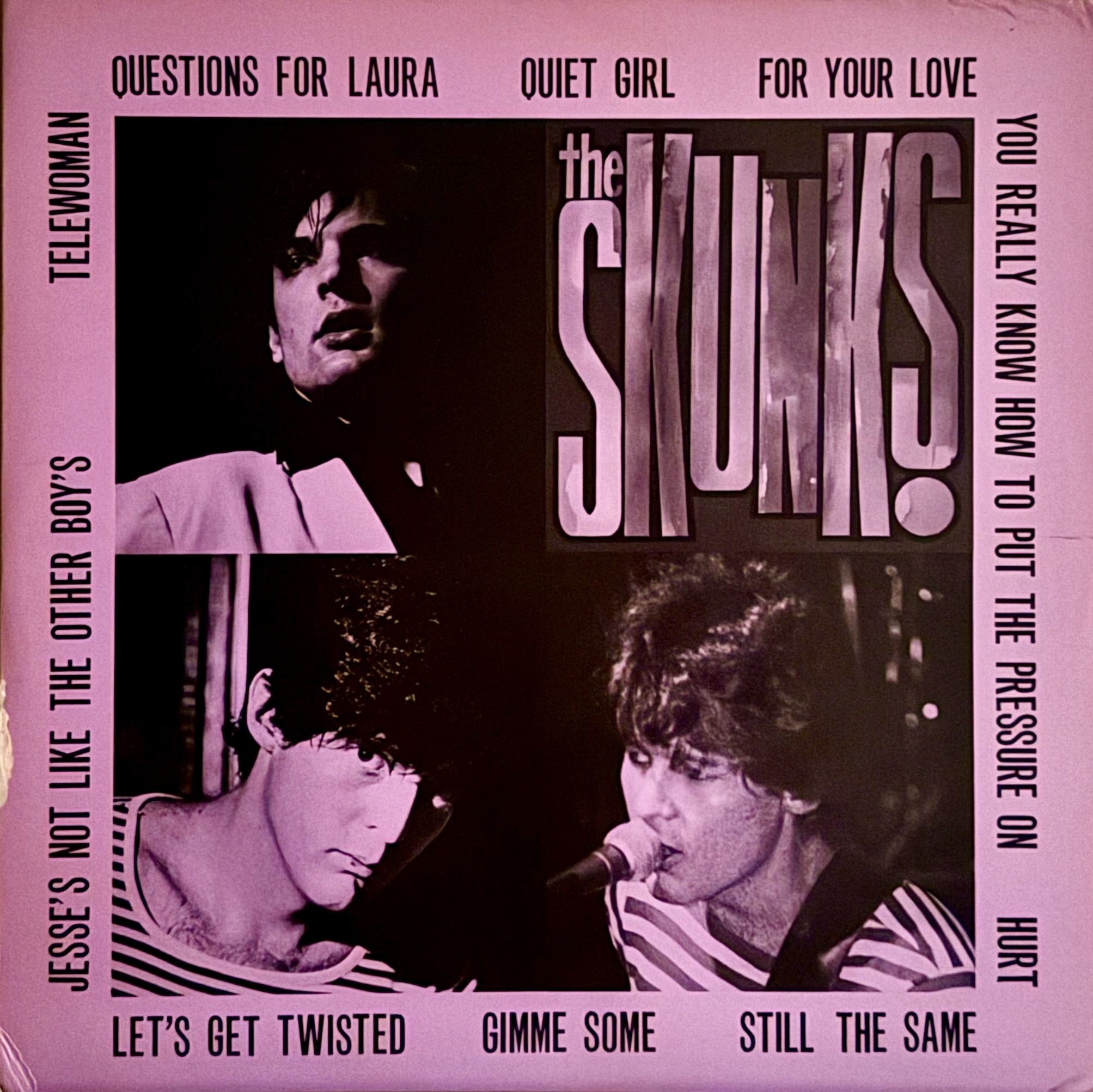Lou Ann Barton
Album: Read My Lips
Release Date: 1989
Read My Lips might be the purest example of Austin blues music available, and a statement album from one of the city’s biggest stars. Lou Ann Barton dominated the Austin Music Awards in the eighties. She won female vocalist of the year three consecutive times before they gave up and put her in the hall of fame. Her voracious style was something legendary music journalist Margaret Moser liked to describe as “a voice that can peel chrome from a trailer hitch.”
It sounds like a Friday night in an Austin blues club, and that’s because Clifford Antone produced it using local musicians. Jimmie Vaughan, Derek O’Brien, Danny Freeman, and David Grissom provide guitars. David “Fathead” Newman, Joe Sublet, Mark Kazanoff, and Rocky Morales add saxophones while Jon Blondell and George Rains are constants on the bass and drums. It is dripping with authenticity, and the Daily Breeze claimed it “sounds like just the kind of thing you’d want to hear blasting away in a Texas roadhouse—lowdown, sweat-drenched rhythm-and-blues.”
It’s widely considered a redemption album seven years in the making. Jerry Wexler and Glen Frey produced her first album and recorded it at the Muscle Shoals studio used by Aretha Franklin. That album did not have the commercial success it deserved and locals grumbled it lacked the ferocity they were accustomed to. Read My Lips was about unleashing Lou Ann and showcasing the talent that won all those Austin Music Awards.
The re-introduction had the intended impact and captured the sound Austinites knew from her live sets. The Rolling Stone Album Guide called it “a set of scorching performances that remind us not of what she might have been, but what she is—a natural-born singer who’s learned hard lessons by living them.” Grab your Negroni, close your eyes, and picture yourself in a dimly lit blues club in Austin while an all-star collection of locals set the stage on fire.

The Negroni
The Negroni, a classic cocktail with a history spanning over a century, has its origins in Florence, Italy, where it was first crafted by Count Camillo Negroni. The recipe of equal parts Gin, Vermouth, and Campari merge to form bold and complex flavors.
The simple concoction has provided inspiration for generations of cocktails. Iterations of the Negroni itself could fill several menus. Amongst the many variations, Campari remains the single constant. When it comes to Campari, there is no suitable replacement. However, there is flexibility in choosing a Gin and Vermouth combination that suits your preferences. A traditional dry gin like Bombay Sapphire works nicely. Any sweet vermouth will suffice, but it’s preferable to honor the cocktail’s Italian heritage by using a native product. Cocchi is an excellent option.
Ingredients
- 1 oz Gin
- 1 oz Campari
- 1 oz Sweet Vermouth
Directions
- Add the Gin, Campari and Vermouth to a mixing glass filled with ice, stir until chilled.
- Strain into a rocks glass over a large ice cube.
- Garnish with an orange peel.








